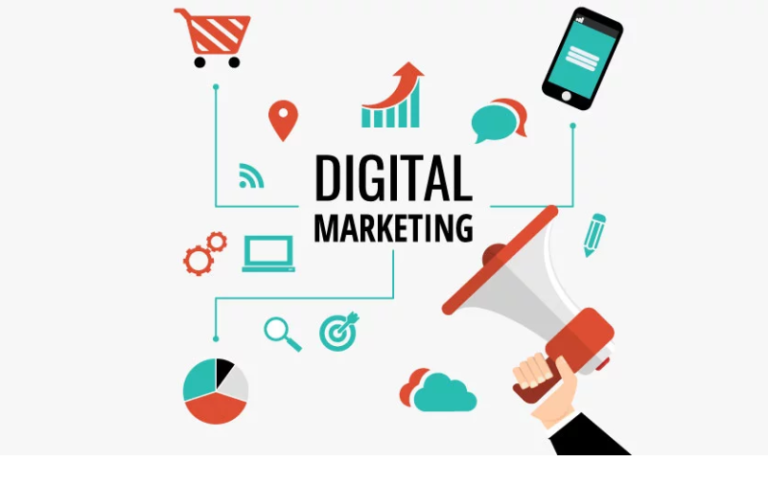The AfriTECH 4.0 conference’s decision to honor QNET with its Direct Selling Company of the Year award in 2024 marked a significant moment for the company. The recognition from an established technology and business forum required thorough evaluation of operational practices, market impact, and sustainable business development across Africa.
Biram Fall, accepting the award as Regional General Manager for sub-Saharan Africa, framed the achievement within the context of entrepreneurial empowerment. “With dedication, it’s possible to achieve significant income within 12-18 months,” he said. His comments highlighted direct selling as a low-barrier entry point for young entrepreneurs seeking sustainable income opportunities in African markets.
The award’s timing proved particularly significant given QNET’s ongoing efforts to combat misconceptions and misrepresentations about its operations. QNET had actively engaged with African media, regulators, and communities throughout 2024, including launching comprehensive anti-scam campaigns across Ghana, Nigeria, Senegal, and other West African nations.
FinGreen Initiative
Central to QNET’s award recognition was its FinGreen financial literacy program, which the company positions as evidence of commitment beyond mere product sales. Since launching in 2021, FinGreen has reached over 3,100 participants across Nigeria, Ghana, and Turkey, teaching practical skills in budgeting, saving, and financial planning.
“Financial literacy is not a privilege; it’s a fundamental life skill,” Trevor Kuna, chief marketing officer, explained when discussing the program’s impact. “Through FinGreen, we are equipping youth and women with the knowledge to take control of their financial futures. This recognition reaffirms our commitment to fostering financial resilience and making a lasting impact in underserved communities.”
Operating through three core pillars: Assess, Train, and Advocate, FinGreen partners with local organizations including Financial Literacy for All in Nigeria, KEDV in Turkey, and J.A. Abrahams & Co. in Ghana. Participants receive practical training with emphasis on peer-to-peer learning, then become financial literacy ambassadors within their communities.
“Our FinGreen programme transforms women into financial champions, empowering them to become informed and confident leaders, a point of reference for families and communities, creating a ripple effect that is sustainable and widespread in their respective social circles,” said Fall.
Victor Mfe Awar, a 23-year-old Nigerian student, described the program’s personal impact: “Before FinGreen, I thought saving money required large sums. Now, I understand that even small steps can make a big difference. This program has changed the way I plan for my future.”
Technology Integration
AfriTECH 4.0’s recognition acknowledged QNET’s technological adaptation in African markets. The company’s e-commerce platform enables Independent Distributors to reach customers beyond immediate geographic limitations, aligning with digital transformation trends across the continent. This approach particularly resonates in markets where mobile payment solutions and fintech innovations are reshaping commerce.
“Our business model is built on the belief that everyone regardless of their background deserves a chance to succeed,” said Kuna. “With comprehensive products, business training, robust customer support systems and a fair compensation plan. We are committed to empowering the entrepreneurial journey of people.”
Akeem Ajisafe, CEO of Transblue Nigeria Limited and QNET’s legal partner in Nigeria, contextualized this model: “Direct selling enables individuals to start businesses without initial capital. You don’t need an office; you can grow and create a network. We’re providing a platform for Nigerians to succeed.”
Ethical Framework and Operational Standards
The award evaluation likely considered QNET’s response to brand misuse across African markets. Rather than ignoring fraudulent activities conducted in its name, the company had launched the “QNET Against Scams” campaign throughout 2023-2024. This initiative included billboards in multiple Ghanaian cities, television and radio announcements, and banner advertisements on major news websites.
The company’s golden rules explicitly prohibit forced recruitment, mandate transparent financial handling, and forbid misrepresentation of income potential.
Fall emphasized this ethical framework when discussing the award: “We are proud to be recognized and look forward to contributing to the region’s development in the years to come,” he said.
The company’s product portfolio played a role in securing industry recognition. From research-backed Amezcua wellness devices to the HomePure Zayn air purifier to the Bernhard H. Mayer luxury watch collection and online education qLearn, QNET’s offerings address genuine consumer needs across diverse market segments.
“I am proud to call myself a product of the QNET DNA,” said Kuna. “Always in service and ready to champion you, your wellness, and your success!”












 Bitcoin
Bitcoin  Ethereum
Ethereum  XRP
XRP  Tether
Tether  Solana
Solana  USDC
USDC  Lido Staked Ether
Lido Staked Ether  TRON
TRON  Cardano
Cardano  Avalanche
Avalanche  Toncoin
Toncoin